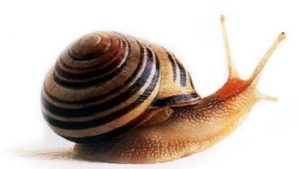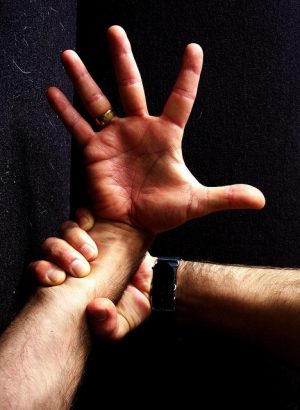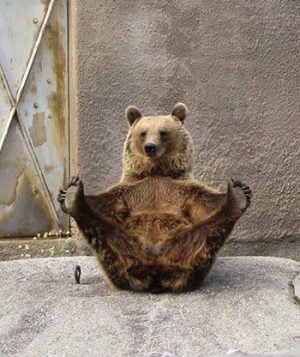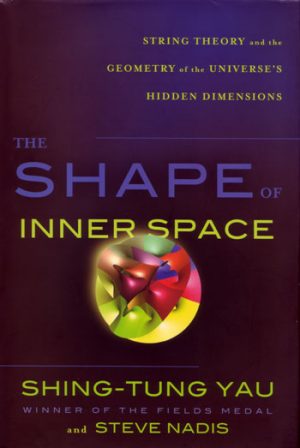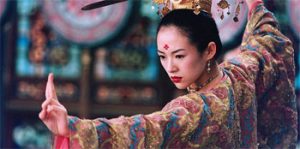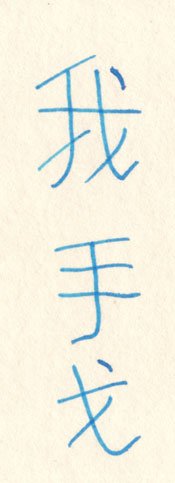domestic katas, time and freedom
Eastern martial arts – and other ‘physical motion disciplines’, Kabuki for example – are taught through forms, or katas. These are ways to train the subconscious so that it assimilates a particular linked pattern of motion – a pattern that is a distillation of a ‘system’. If we consider T’ai Chi, a martial art I studied for years, there are a fixed number of these katas that appear to be a complex dance, performed solo …
